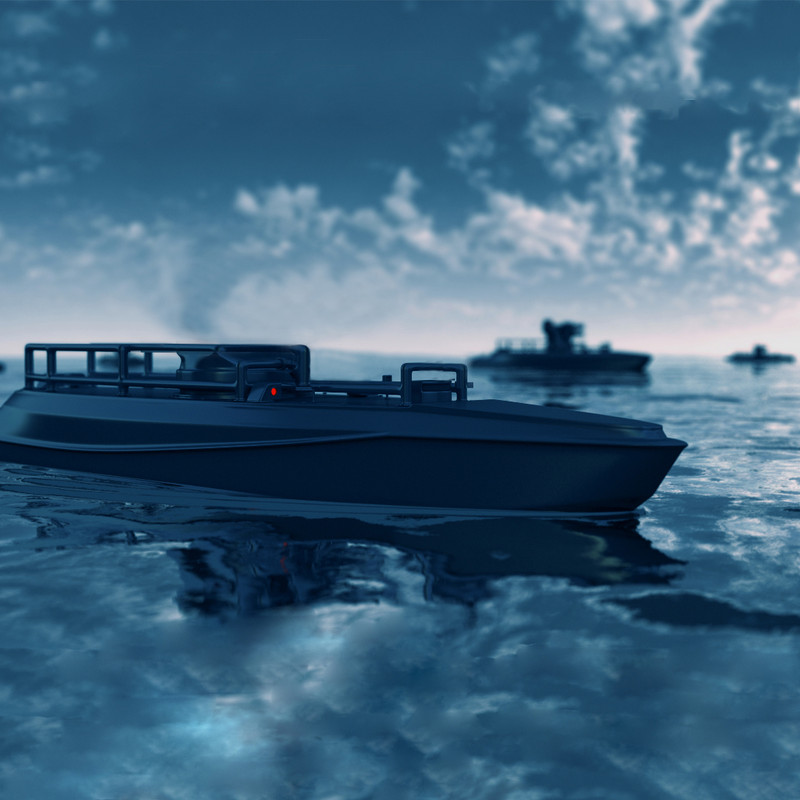Context
Scene perception - the ability to determine context beyond object recognition - is a necessary condition for a single Unmanned Aerial/Surface/Underwater Vessel (UxV) or UxVs working cooperatively to operate effectively in challenging maritime environments. Examples of operational challenges related to scene perception in a maritime environment are described below. AI-enabled scene perception in UxVs would minimize the cognitive load on operators, increasing operational efficiency.
Examples of a Scene Perception Scenario
Traffic Management:
- Identifying and categorising different types of vessels (e.g. fishing boats, cargo ships, pleasure crafts) is crucial for traffic management. AI can analyse sensor data to detect vessels even in challenging conditions like rain, sun glare, fog or darkness, and classify them based on their size, shape and features.
Collision Detection and Avoidance:
- AI can characterise the behaviour and movement patterns of different vessels to maintain navigational situational awareness in challenging conditions such as line-of-sight occlusions and sudden lane crossing in high traffic. This allows a UxV(s) to perform pre-emptive course alterations to avoid potential collisions.
Anomaly Detection and Lifelong Learning:
- AI can monitor vessel traffic patterns and identify unusual or suspicious activities, such as piracy, smuggling, or illegal fishing, and learn to recognise new patterns in situ. This can enhance maritime security and support law enforcement efforts.
Port Security and Surveillance:
- AI can be used for port security applications, such as identifying unauthorised access, detecting suspicious objects, and monitoring vessel movements within the port area.
What We Are Looking For
We are seeking proposals that 1) define challenging and realistic maritime scene perception scenarios as represented by real world and/or synthetic data generated by sensors commonly found on UxV platforms and 2) present innovative AI algorithms that can successfully operate on that representative data and determine operational context.
Selected proposals will describe both the construction of a maritime scenario (simulation or physical environment) and the technical details of the novel software-based AI algorithms for the UxVs operating in this environment. The type of UxV platform (surface, underwater, or airborne) will be weighted equally in the evaluation process. Deliverables include the maritime scenario dataset used by the performers in this challenge.
Key Metrics
The metrics to be evaluated include: (i) the accuracy of scene perception, and (ii) time taken on realistic UxV edge compute.
Your Technology Solution Should Demonstrate
Predictive analysis beyond vessel classification to characterise behaviour and movement patterns to detect potential collisions, anomalous patterns, and suspicious activities, under the challenging environment conditions stated in the above 4 scene perception scenarios.
What We Are Not Looking For
- Theoretical concepts.
- AI algorithms that rely on sensors not commonly found on UxVs.
Option Cost
- Cost for deployment beyond trial

